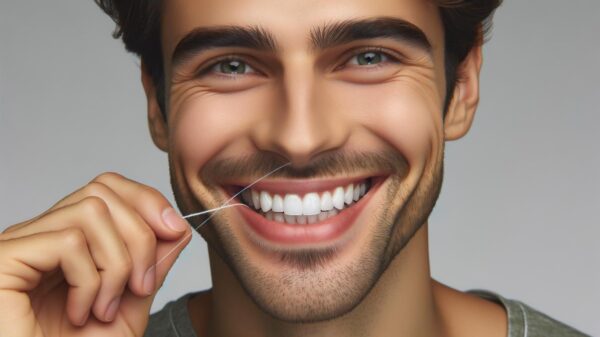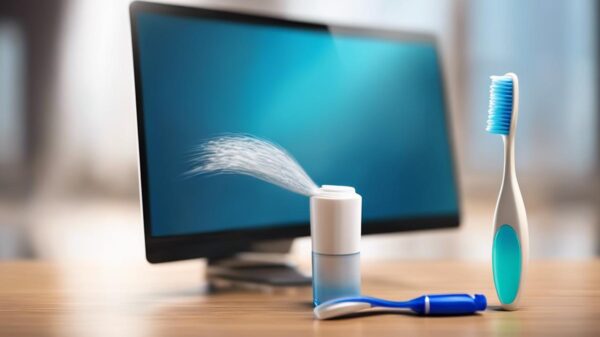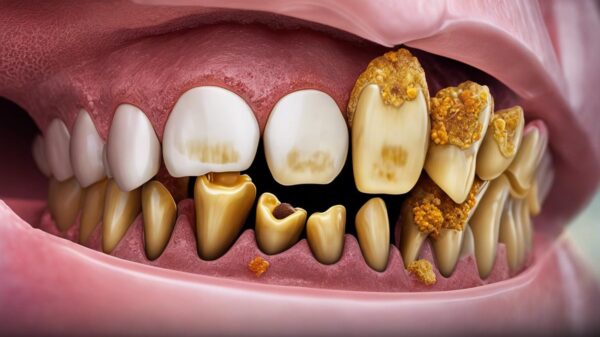What You Need to Know About Eating After a Filling
Undoubtedly, most of us have had to face the dentist at one point in our lives or another. If a dentist uttered the word, “filling,” you knew it was to repair a cavity. After listening to your dentist lecture you on brushing and flossing, they will then provide you with a filling to seal the affected area and prevent further tooth decay.
Ask your dentist about realistic expectations and techniques for brushing and flossing to avoid appointments that involve a drill! A lot of us tend to play it fast and loose with post-dental instructions and then we are the first to be confused when we have work that needs to be redone because we didn’t want to listen.
So, when can you eat after a filling? The dental team at The Dental Studio of South Tulsa recommends that you wait one or two hours following your procedure before you eat. After a filling, avoid sticky, crunchy, or hard to chew foods for the first 24 hours. Doing so will allow your filling to properly set and minimize any damage to the filling site.
What else do you need to know about caring for your new dental filling? Keep reading to learn more about this common dental procedure!
What is a Filling?
A filling has two components depending on your needs and the dentists’ supply availability. Some dentists have preferences on which they use and are usually happy to explain why they’re choosing that type. Sometimes the type of filling used is determined by the size and shape of the filling.
The two types are dental fillings are amalgam and composite. If using dental insurance, it never hurts to go over your coverage beforehand to ensure you aren’t going to be charged for an amalgam filling when you’re only covered for composite.
Amalgam Fillings
An amalgam filling is a mixture of metals that are used to fill in holes of tooth decay to prevent any further issues. Amalgam is considered the most durable filling option. The metal mix used allows for extreme fortification. Some individuals see a red flag when it comes to injecting metal into the body.
Rest assured that these metals are the same (and surgically safe) metals used to create prosthetics and replacements for joints and more. The medical world has made leaps and bounds over the years when it comes to using metal. Amalgam fillings tend to last 10-15 years before needing a replacement filling.
Composite Fillings
A composite filling uses synthetic resins to create dental cement. While the amalgam options are considered better for wear and tear, they can cost more. Composite is cheaper and very pliable as well as not being prone to dehydration.
A composite filling typically lasts five years but can extend up to 10 years before needing a possible replacement filling. Both types of fillings are usually set up completely within 24 hours of the procedure.
If you are still unsure about which filling, advocate for yourself with your dentist and their staff to make sure you’re being heard. If you can’t readily trust your dentist, then it may be time to find a new one.
Remember not to try and tell them how to do their job. They have probably heard every reason under the sun for one filling type being better than the other. I’m sure some dentists could write a book about all the silly concerns people manage to drum up in regards to anything medical or dental.
Eating After Your Dental Filling
 Now that we have familiarized you with dental fillings, let’s talk about when you can eat after having one. Should you eat before going to the dentist?
Now that we have familiarized you with dental fillings, let’s talk about when you can eat after having one. Should you eat before going to the dentist?
Be sure you ask your dental office before your procedure about how and when to eat before and after a filling. Each person and procedure are different. Double-check conversations and any documentation you received in preparation for your filling appointment.
In general, most dentists recommend that you don’t eat within five hours of your appointment time. In some cases, you have to be put under for procedures. Eating too soon beforehand increases the risk of aspiration.
As far as after your filling, the rules can differ depending on your dentist and what type of filling you received. Speaking back on due diligence, please make sure you follow the orders of your doctor/dentist! If you happen to forget or lose your documentation, a simple phone call to the office staff will remedy the situation.
What to Eat After a Dental Filling
As far as post-filling scavenging, most dentists recommend that you wait for one to two hours before eating anything. It may be wise to attempt softer foods that don’t run the risk of cracking or warping the set-up filling.
Peanut butter, applesauce, soup, cottage cheese, pudding, and Jell-O are all excellent choices for some nourishment after your appointment. If you hate the dentist and want some comfort food, go for some macaroni and cheese or mashed potatoes! Crunchy food choices should always be avoided until you are outside the 24-hour setting window just to be safe.
Eating anything too aggressively could cause more damage than you had before the filling. Make sure you put down the cracker jacks and jawbreakers until your filling is totally secure.
Try to avoid anything that’s extremely cold or hot when making your food choices. It would behoove you to avoid popsicles or ice cubes. Try not to overheat your food and make sure to stir thoroughly to properly distribute the heart. Temperature is less detrimental outside of the recommended waiting window for eating or drinking.
Always be mindful of extreme temperature changes between foods as well. Don’t take a giant bite of steaming hot food and then grab your ice water to cool things down. Have some self-awareness with your mouth and your teeth!
Proper Oral Hygiene After Your Filling
Your dentist will most likely encourage you to resume brushing your teeth twice a day and flossing your teeth once a day. There is no need to avoid these hygiene activities as most dentists will clean, polish, and floss you are part of your appointment anyway. Setting up good habits with brushing and following could make the difference in you never having to decide on fillings.
We hate to let the cat out of the bag but most dentists also know when you aren’t being truthful about your dental habits. Your dentist just wants the best for you and might actually only want to see you twice a year for cleanings!
If messing with any of this lacks appeal then step up and avoid it all with proper dental hygiene. Most dentists recommend certain brushes for teeth and gum types. If you are unsure about whether or not you are flossing properly, ask your dentist to show you. A good dentist will be thrilled that you are taking an interest and active role in your own dental health.
Pay attention to the flossing techniques they show you and don’t be shy about asking for a floss recommendation as well. If you prefer to be gum deep in lukewarm foods, proceed with your necessary fillings. We hope that this information will help you make excellent choices if faced with the decision of what filling to use and how to navigate everything thereafter.












